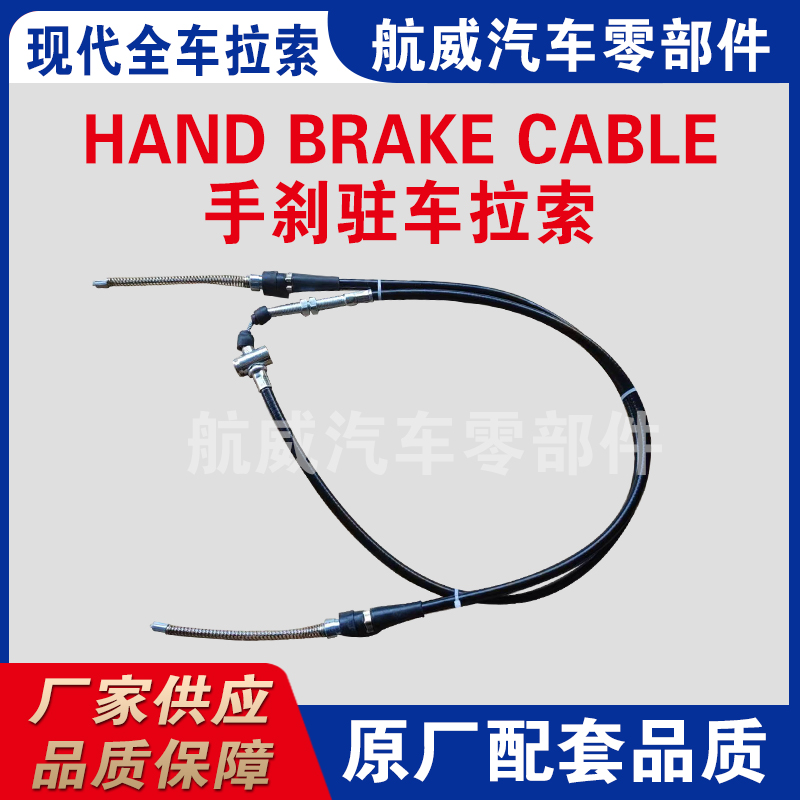Gear Cable Outer Shell for Optimal Performance and Durability in Bicycles
Understanding Gear Cable Outer Casing Importance and Key Considerations
In the realm of cycling, the gear system is a fundamental component that enables cyclists to achieve optimal performance and ride efficiency. Among the various elements that comprise a reliable gear system, one crucial aspect often overlooked is the gear cable outer casing. This article aims to delve into the importance of gear cable outer casings, their construction, and the factors one should consider when choosing or maintaining them.
What is Gear Cable Outer Casing?
The gear cable outer casing, also known simply as the cable housing, is a protective sleeve that encases the gear cable itself. The primary purpose of the outer casing is to guide the cable from the gear shifters to the derailleur, ensuring smooth and reliable gear shifting. In addition to aiding in the cable's movement, the outer casing protects the cable from dirt, moisture, and mechanical abrasion, all of which can significantly affect performance and longevity.
Importance of Quality Outer Casings
Investing in high-quality gear cable outer casings is essential for several reasons
1. Durability Quality outer casings are designed to withstand harsh environmental conditions. They resist wear from friction, protect against UV rays, and are often treated to be resistant to moisture, preventing water ingress that can lead to rust and deterioration of the inner cable.
2. Smooth Operation A well-constructed casing allows the gear cable to slide smoothly inside without binding or sticking. This smooth operation translates to quick and precise gear changes, which are crucial for maintaining speed and efficiency on varied terrains.
3. Weight Considerations Lightweight outer casings contribute to the overall weight of the bike. For competitive cyclists, every gram counts, and opting for lightweight materials such as PTFE (polytetrafluoroethylene) can provide performance benefits without compromising durability.
4. Aesthetic Appeal The appearance of the gear cable outer casing can also play a role in a cyclist’s choice. Many manufacturers offer a varied palette of colors and designs, allowing cyclists to personalize their bikes while choosing products that align with their style.
gear cable outer casing

Key Considerations When Choosing Gear Cable Outer Casings
When selecting gear cable outer casings, cyclists should consider the following factors
1. Material Outer casings can be made from different materials, including plastic, aluminum, and rubber. Each material has its pros and cons in terms of weight, flexibility, and durability. For instance, aluminum may provide enhanced durability but can be heavier than plastic options.
2. Length The length of the casing needs to match the specific requirements of your bike setup. An improperly sized casing can lead to inadequate protection or hinder the cable’s movement, resulting in poor shifting performance.
3. Compatibility It is essential to ensure that the casing is compatible with your gear system. Different systems may have specific requirements regarding diameter and design, making it vital to check compatibility before purchase.
4. Weather Resistance For cyclists who ride in varied or extreme weather conditions, choosing an outer casing that offers high levels of weather resistance is crucial. Look for casings with seals or coatings that provide additional protection against water and dirt.
5. Installation Some outer casings are easier to install than others. Consider whether you will be installing the casing yourself or if you will require professional help. User-friendly designs can simplify the process for DIY enthusiasts.
Maintenance and Replacement
Regular maintenance of gear cable outer casings can significantly extend their lifespan. This includes checking for any signs of wear, ensuring that they are free of dirt and debris, and replacing them promptly when damage occurs. Cyclists should also take the opportunity to lubricate the cables within the casing to ensure smooth operation.
In conclusion, the gear cable outer casing is an integral part of a bicycle's gearing system that provides durability, protection, and functionality. By understanding its importance and making informed choices regarding materials, compatibility, and maintenance, cyclists can ensure their gear systems remain functioning optimally, ultimately enhancing their riding experience.
-
The Right Handbrake Cable for Your VehicleNewsApr.09,2025
-
The Right Clutch Lines for Smooth PerformanceNewsApr.09,2025
-
How to Choose the Right Cables at the Best PriceNewsApr.09,2025
-
How to Choose and Maintain Gear Cables for Smooth ShiftingNewsApr.09,2025
-
Choosing the Right Throttle Cables for Smooth and Reliable PerformanceNewsApr.09,2025
-
Choosing the Right Control Cables for Your VehicleNewsApr.09,2025
